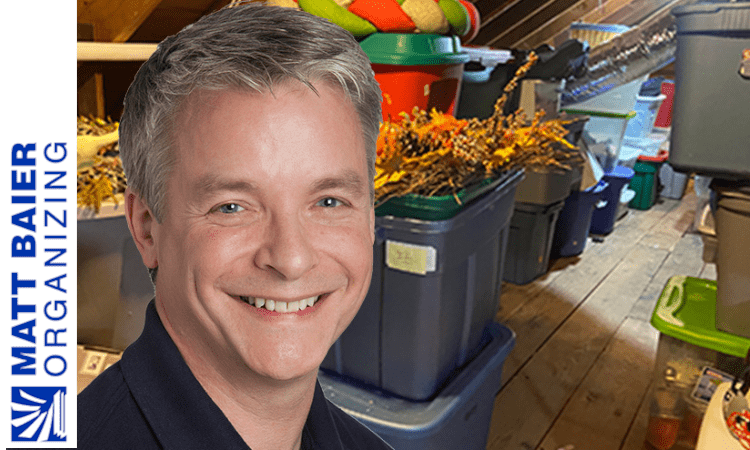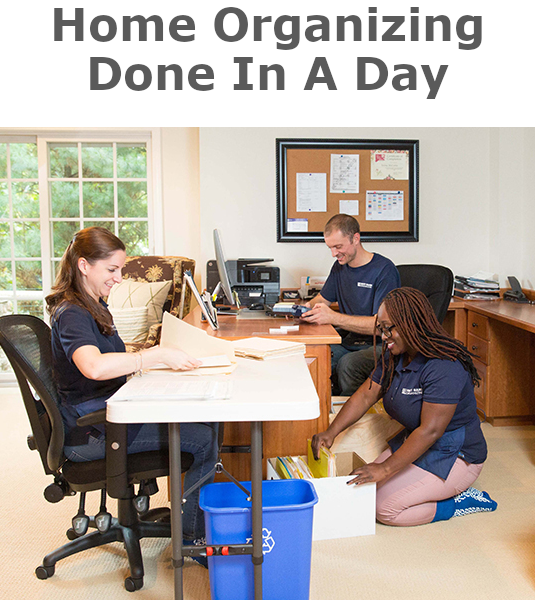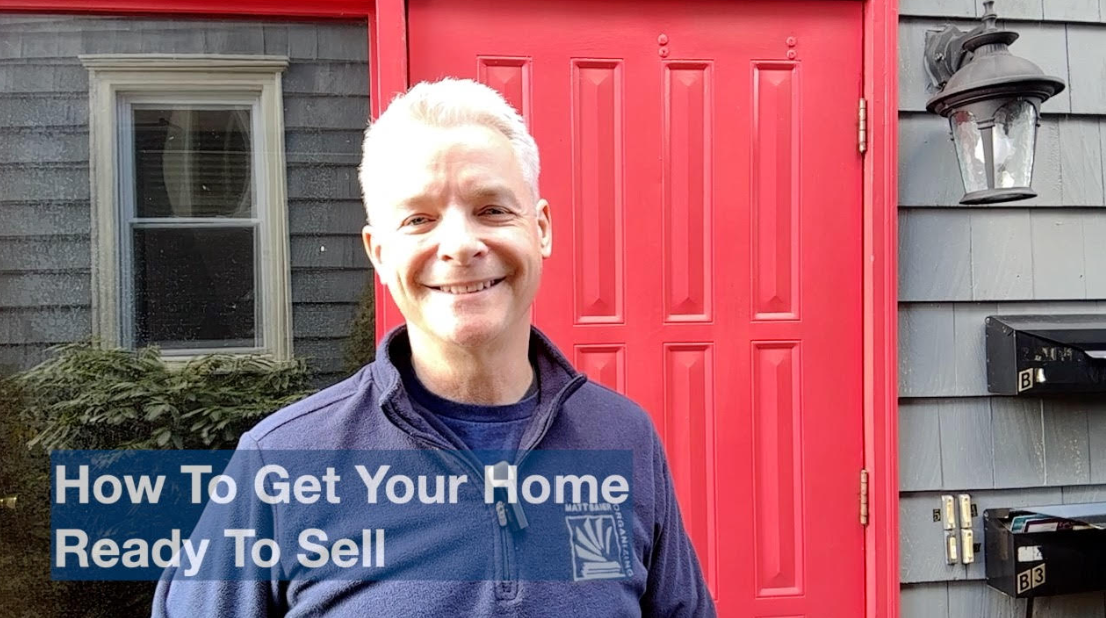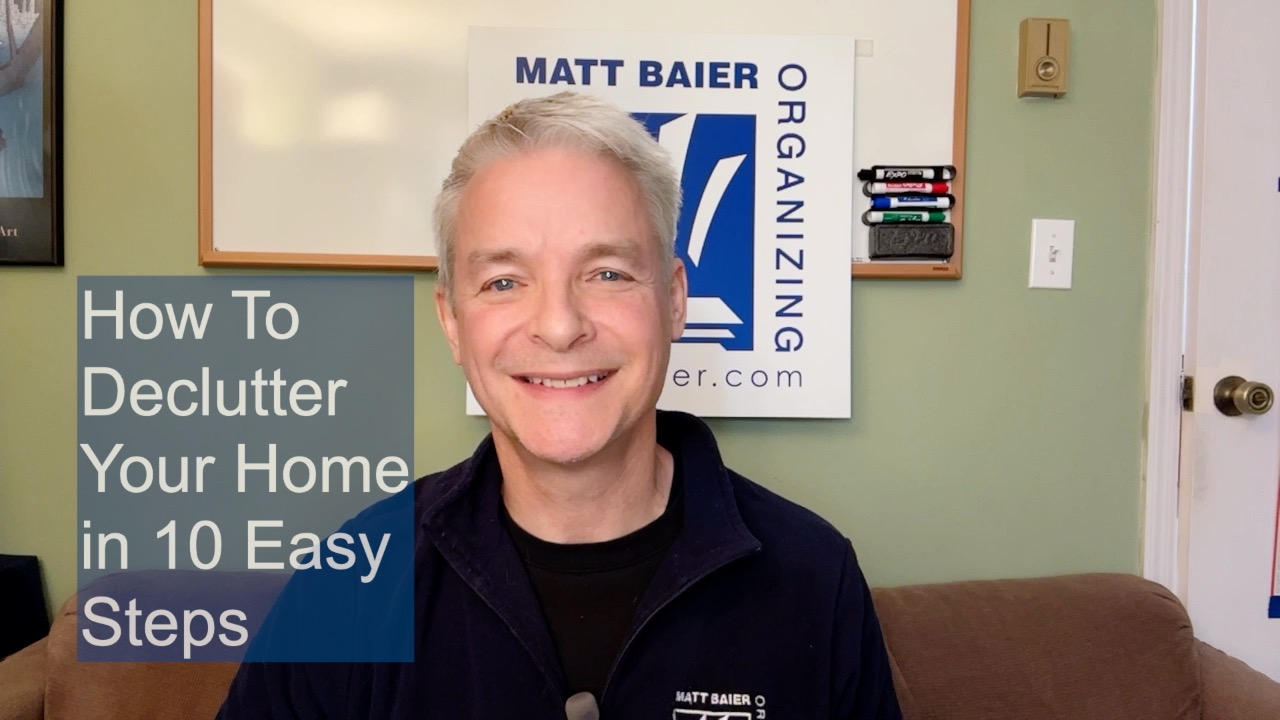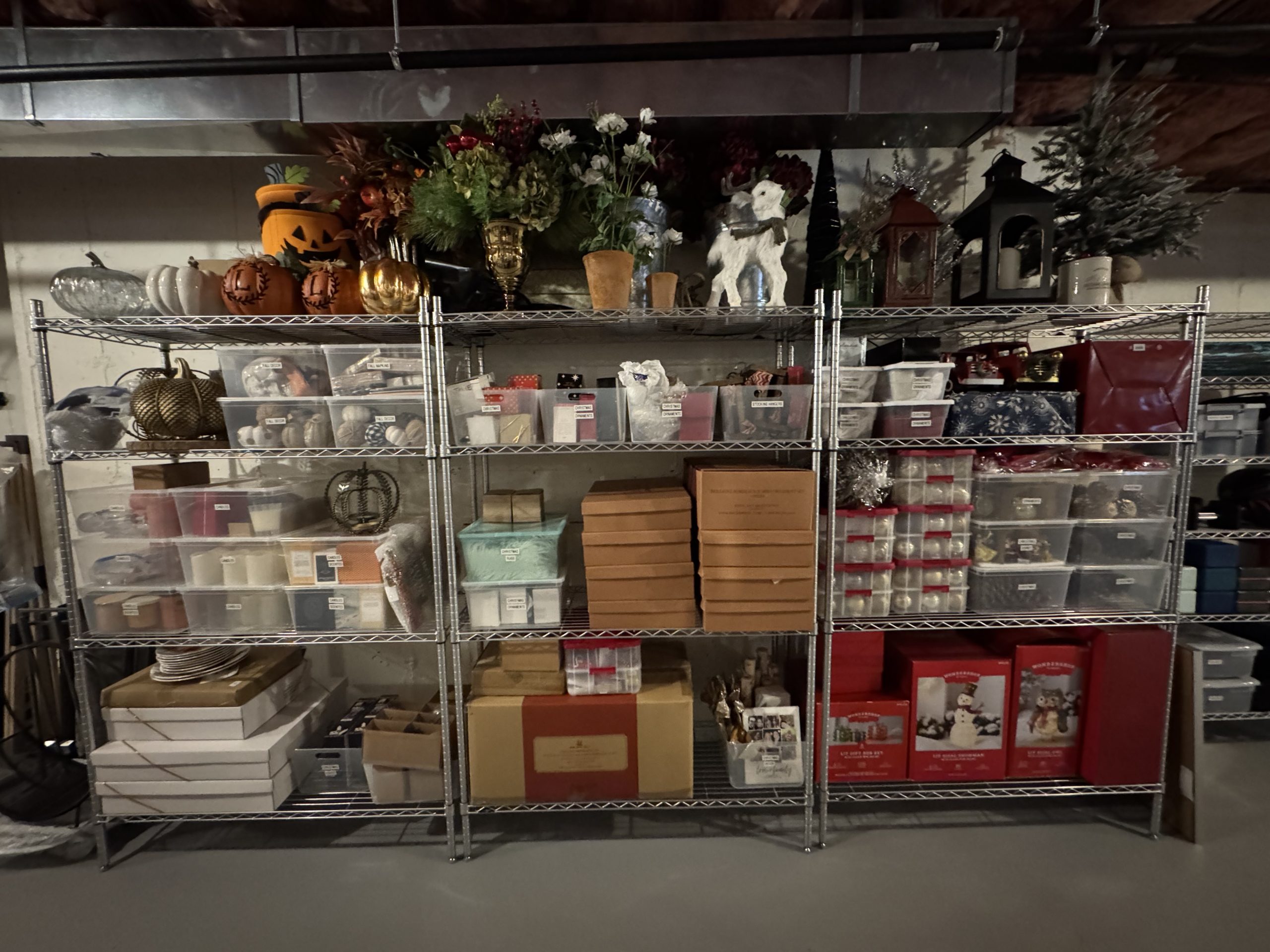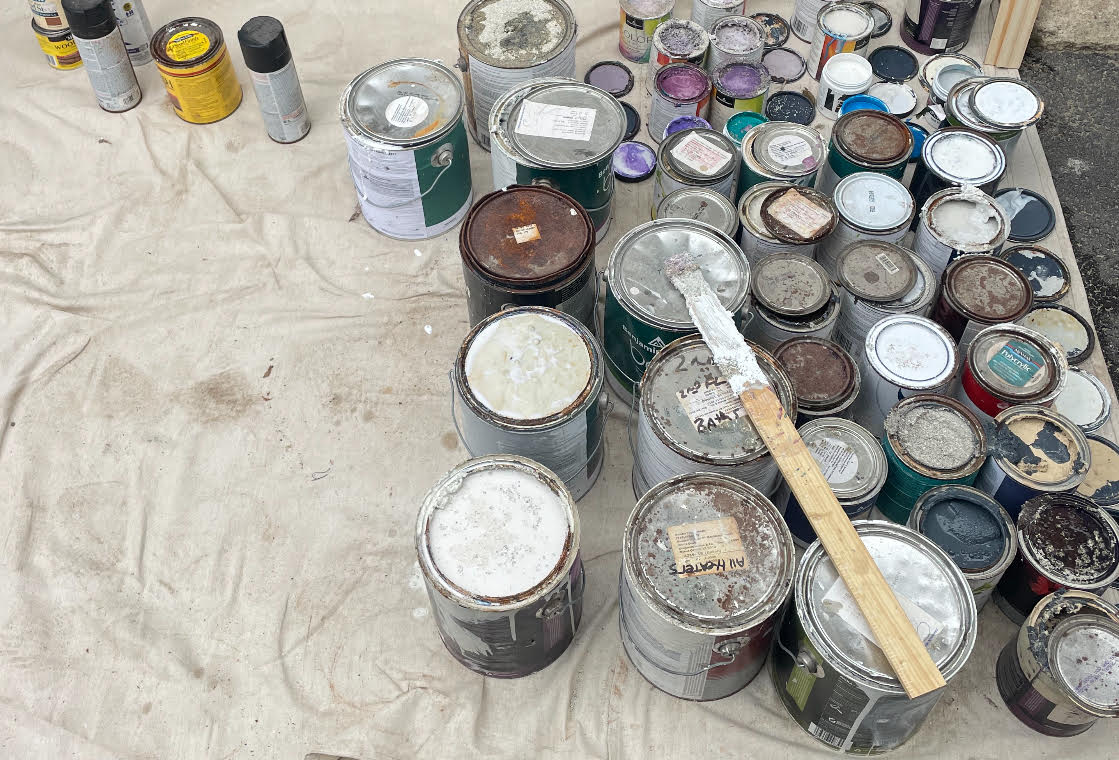Anyone who has worked with my team knows that we like to work fast. Of course one reason we do it is to give our clients their money’s worth. However there’s another reason why getting organized should go fast. The faster you work through the getting organized process, the more likely you are to finish. Think back to all those organizing projects you started that were slow drudgery. Odds are there were a lot of them you never completed. To be clear, I’m not even talking about setting up systems to stay organized.
It is important understand the distinction between the process for getting organized and for staying organized. Getting organized is a process of prioritization. When you are prioritizing, you are editing out some items that are no longer serving you. Once you get to manageable quantities and locations that make sense, you set the stage for systems. This is where you determine the best structures and habits to stay organized.
A common culprit slowing down the get-organized process is skipping ahead to the stay-organized part. If you haven’t fully prioritized what you are keeping then you sabotage the chance for sustainable systems. A big part of why this happens is that getting organized can be discouraging and unsatisfying. Sure, it may feel good to toss a few large items, but then you hit a wall. This happens when you have harder decisions to make. It gets harder still when you’re distracted by those bins from The Container Store that you want to fill.
Here then are some strategies to make getting organized go fast.
1. prioritize first
Simply put, you have to prioritize to organize. There are a lot of reasons to get organized. What’s yours? Are you converting a guest room into a baby’s room? Downsizing to move? Opening up a storage room to create a home office? There’s a good reason to do this up front. To reach these new goals, you will have to make some tough choices. When you are clear on your goal, then the choice is less about what you are giving up. It is about what you are gaining. Being clear on your priority will help you work faster.
2. clarify zones
When you start getting a room organized, you might think you are clear on everything’s status. That will change. At the very basic level, you want to be clear on what you have looked at and what you haven’t. My team uses the signs “To Keep” and “To Review” so everyone is on the same page. Also, it’s important to be clear on what is discard, donate, and sell. Here’s one you might not expect. Keep a zone for empty containers. This is a spot for empty boxes to take from and to add to. When you are clear where everything is going, you will move faster.
3. sort categories
Before you just dive in, sort items in your review zone into major categories. In a garage for example this might include: sports, toys, auto, outdoor, tools, etc. Difficult decisions are what slow you down, but context drives decisions.
4. singular focus
When you sort categories just sort. You will move faster. Then with the sorting behind you just prioritize. This means just move items to keep, discard, donate, or sell. Don’t worry yet about where you will keep things. That will come later. When you have a singular focus, you will move faster and make next decisions easier.
5. keep it close
You may feel a temptation to leave the area you are organizing. It is important to do everything you can to avoid this to maintain momentum. Keep a big trash container and donate box close. If you find an item that belongs elsewhere, put it in a box labeled “elsewhere.” Distribute it when you are done with the process so you don’t run the risk of distraction. We always work from a “decision table” and we try to keep he processing zones as close as possible. Because we are saving steps, we can work faster.
6. temporary solutions
There is an assumption that everything is either in a state of chaos or final containment. To get organized it is important to make allowance for temporary containment. Our favorite tool for this is the banker box. It is a good size for loose items and the lids make them stackable. Stackable boxes allow you to take advantage of vertical space, which frees up horizontal space. Another favorite is the zip lock bag. The quart size is good for small items like loose change. The gallon size is good for items like cords and paper, before you commit to files. This temporary containment helps clarify things and retain progress. Piles tend to slide into piles. This is discouraging and it slows you down.
7. regret free
When getting organized, our clients tend to feel the pressure to make the perfect decisions. They often come to an item where they feel like they should discard it, but just aren’t ready. When that happens, I say “when in doubt don’t throw it out.” The reason for this is that we are trying to prevent regrets. Nothing will slow the get-organized process down faster than having regrets. All we ask is for the client to simply identify the reason why she wants to keep it. Is it a keepsake? Is it a decor item? Whatever the reason, we keep it in that category and keep going. Momentum trumps perfection.
In every example you will notice how each strategy contributes to clarity. One of the principles I mention in my book is action feeds on clarity. Think of a race track. Every runner has a very clear lane. The starting gun is a very clear signal to begin. There’s a very clear tape at the end of the race. All of these things allow the runner to just focus on running as fast as he can. When you create this kind of clarity for getting organized, you can reach the finish line too.
Please Share With Your Community

